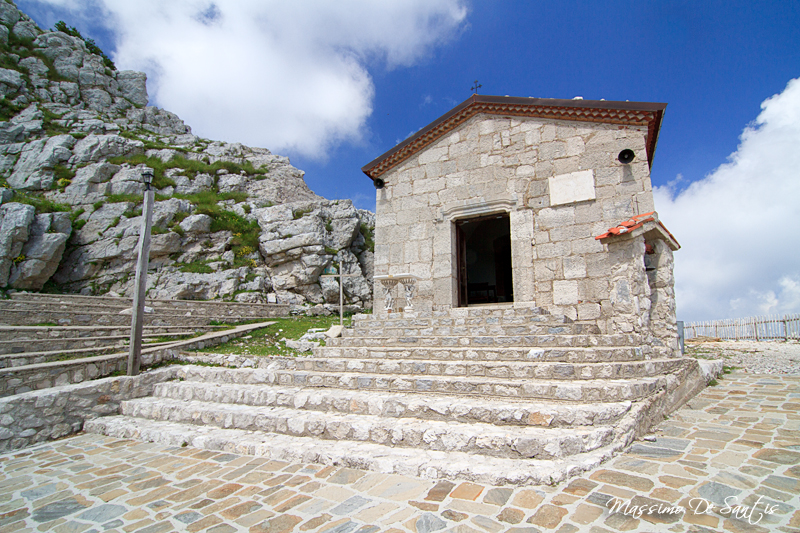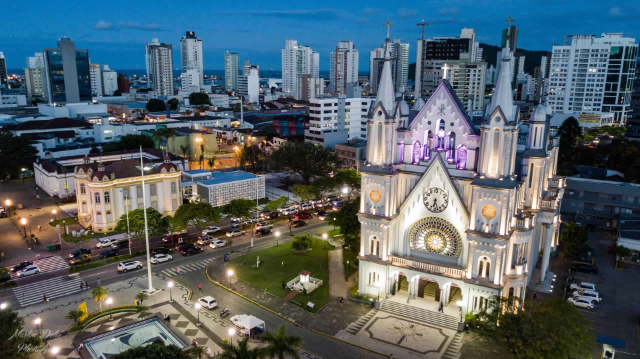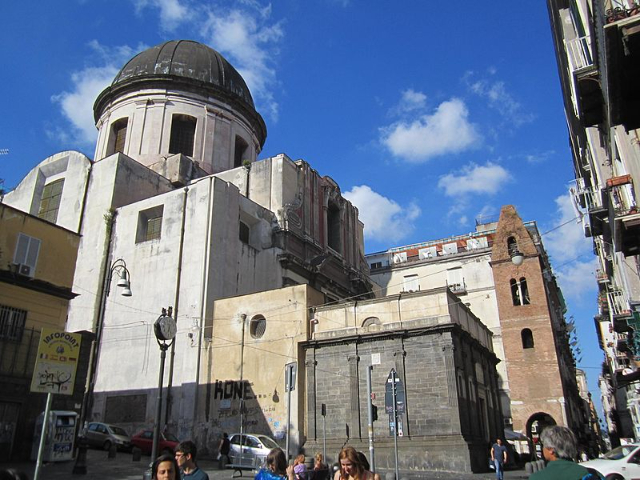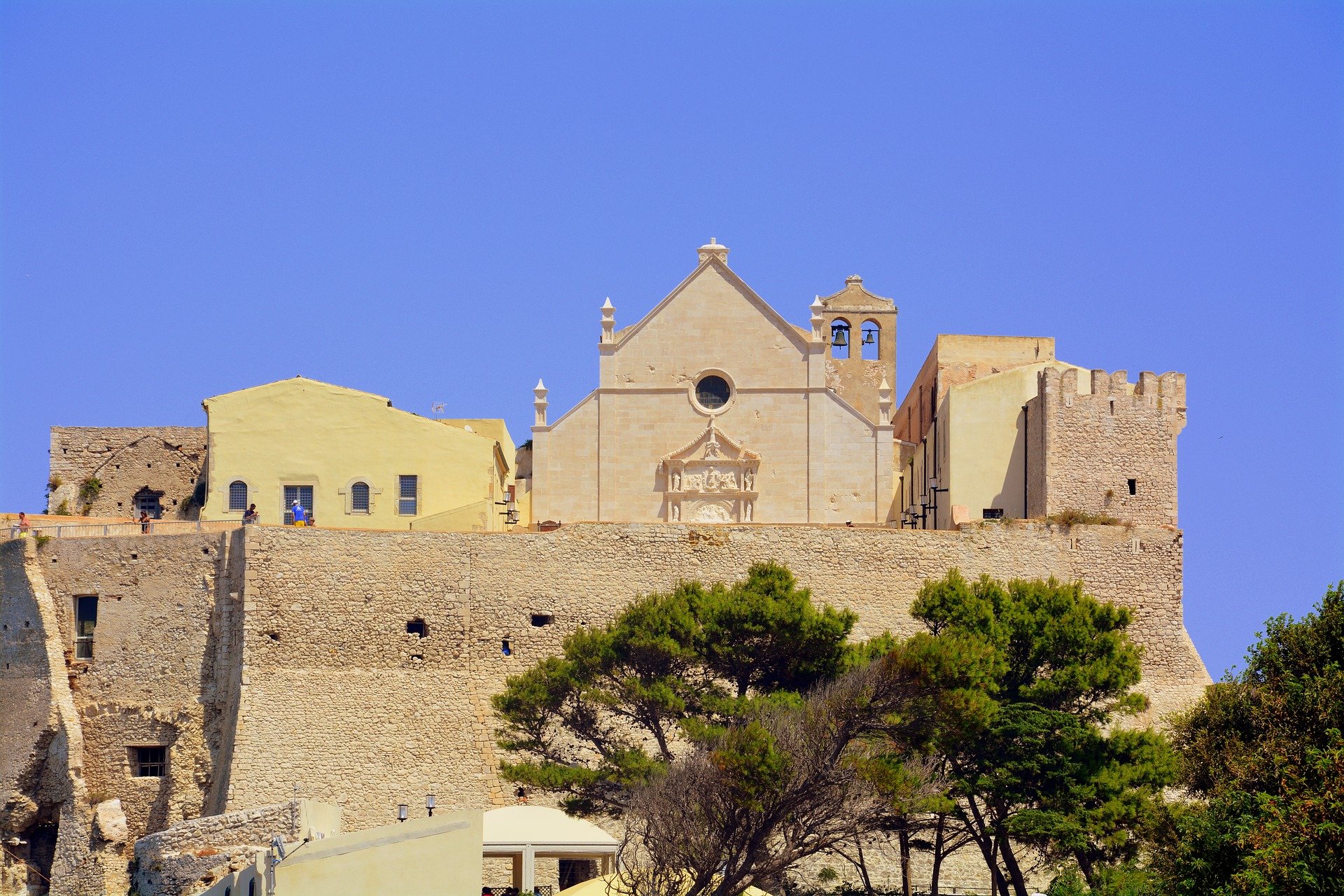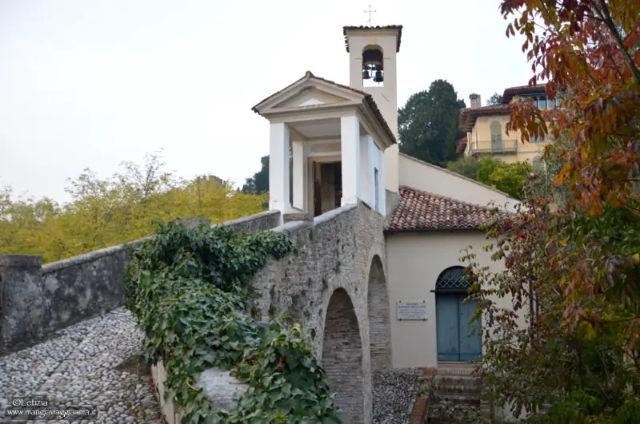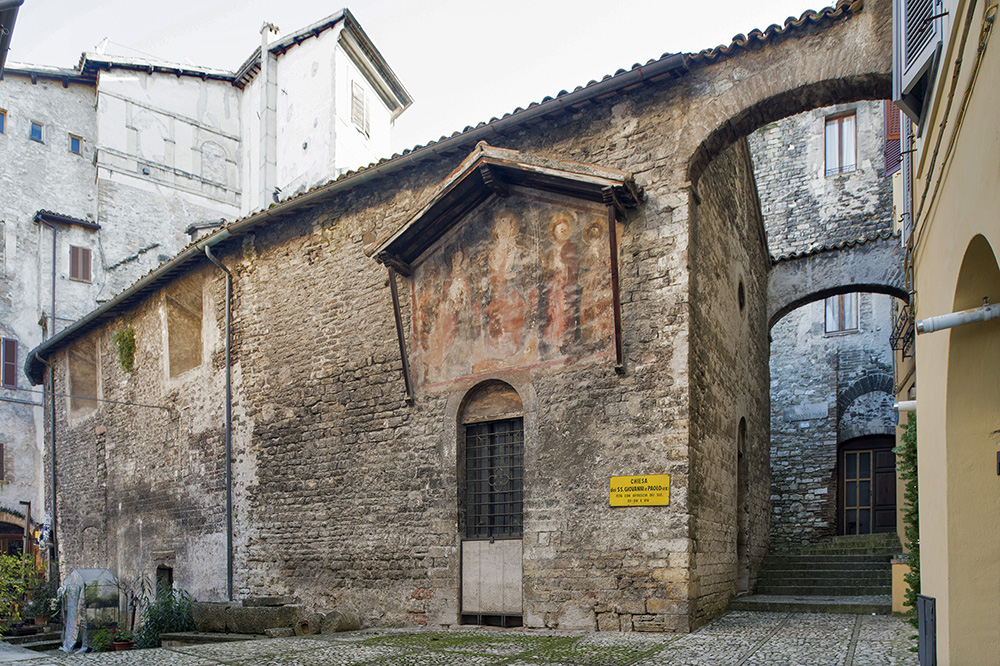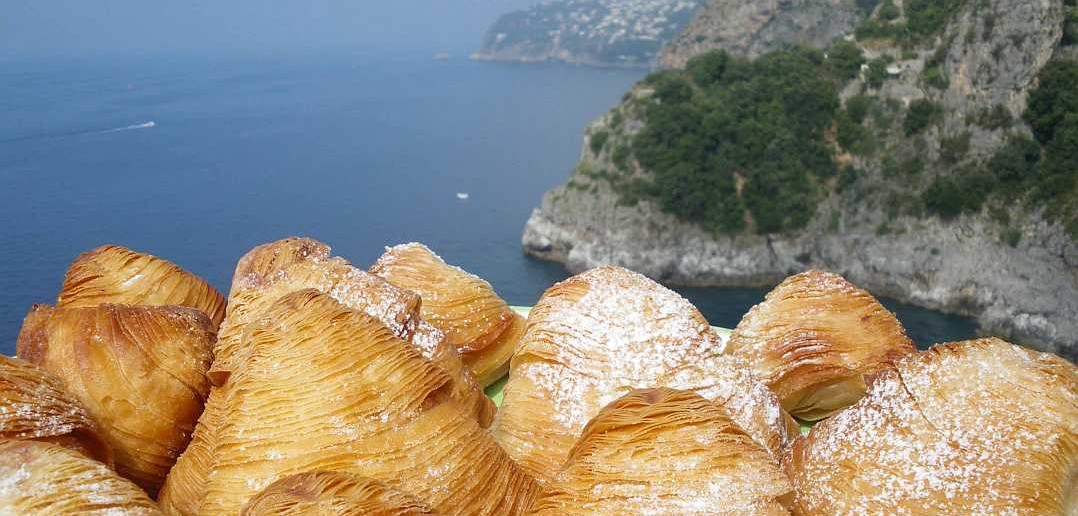The sanctuary Madonna del Cervati, also known as Madonna della Neve, is located in Sanza. Since 1993 it has been entrusted with the value of sanctuary and since then every year it fills many of the days of the faithful who pray to Mary and the Lord. The date of construction is not well defined, certainly the structure dates back to before 1000 and it was given to light perhaps by the Archconfraternity "Santa Maria della Neve".
The name Madonna del Cervato is linked to the position in which it is located. In fact, the sanctuary allows to walk along a steep and complex road that leads to the top of the mountain that bears the name of Mount Cervato or Cervati. It is a very high relief, about 1800 metres high and it is the highest in Campania.
The believers who reach the top of the mountain, can admire the landscape and with this also the beauty of the small chapel of the Madonna del Cervato. Inside there are two different spaces, which have undergone two works in different periods. The inner part is the one built before 1000, while the other part was built around 1600. The external facade is particular and is covered with local stone.
The sanctuary Madonna del Cervato is not open all year round. The door of the small chapel opens on the first Sunday in June and can be visited until the second Sunday in October.
A few hundred metres from the chapel of the Diocesan Sanctuary of the Madonna della Neve, is the Grotto of the Madonna. The statue of the Madonna kept inside is set in the rock between the ravines of a cavity that extends for about thirty meters in an easterly direction. After a careful restoration work it has been returned to the original features of a Byzantine iconography. The Marian cult in this area is one of the many legacies left by the spread of Italo-Greek monasticism.
In the locality of "Sirippi" or "Serippi", along the provincial road that leads from Sanza to Rofrano, there was in fact the monastery of Santa Maria di Sirippi, a dependency of the Byzantine monastery of Santa Maria di Rofrano. The structure of the chapel-sanctuary has a rectangular plan made up of two bodies, an internal one of early medieval foundation, the other external one probably dating back to the 18th century.
